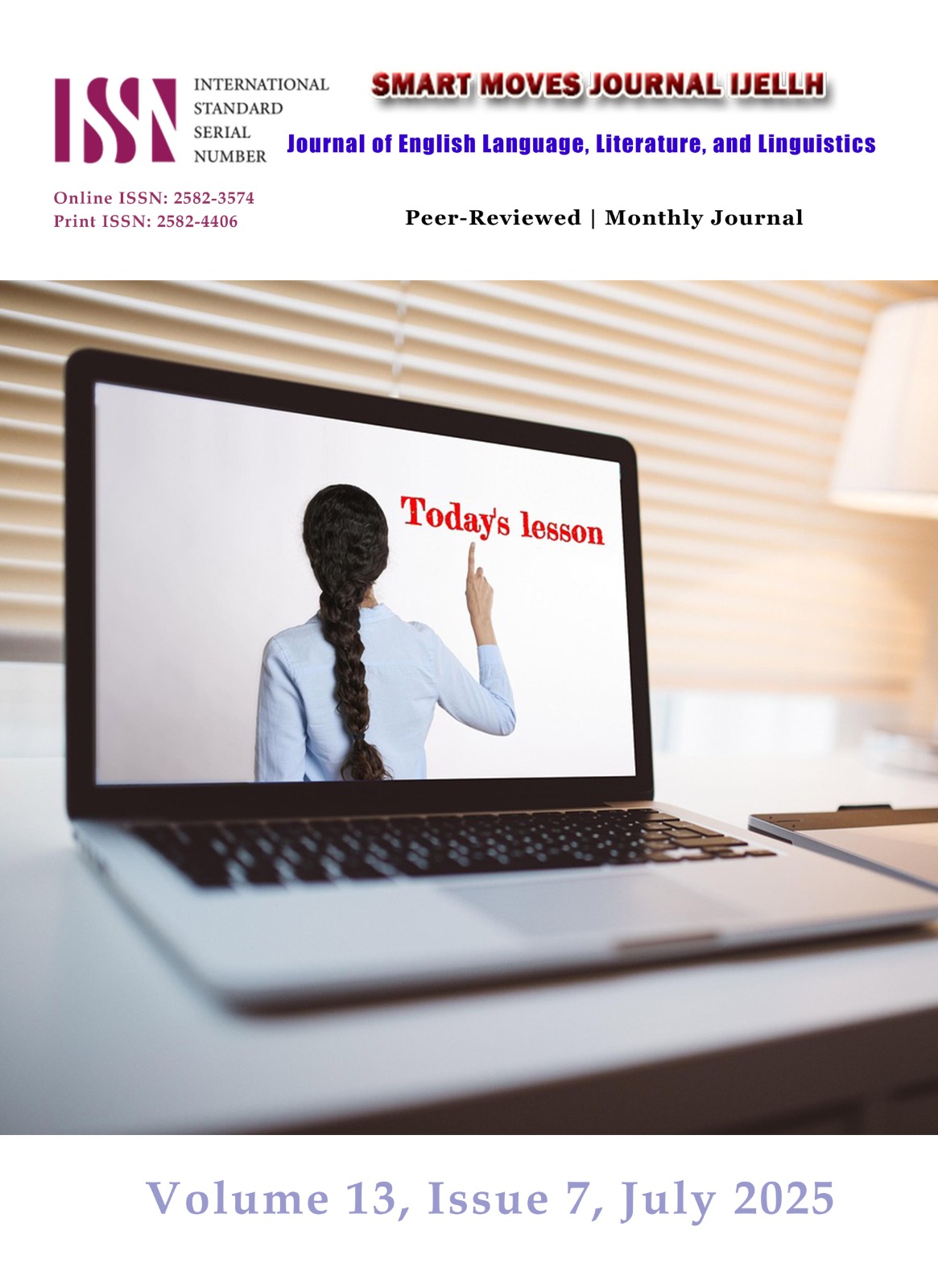Recent Curriculum Reforms in India: A Comprehensive Analysis
DOI:
https://doi.org/10.24113/smji.v13i7.11572Keywords:
Curriculum Reforms, Education Policy, India, NEP 2020, Primary Education, Secondary Education, Higher EducationAbstract
In recent years, India's education sector has seen major changes, particularly in curriculum reforms across all educational levels. These changes are largely driven by the National Education Policy (NEP) 2020, which aims to overhaul the education system to be more comprehensive, adaptable, interdisciplinary, and aligned with the demands of the 21st century. This paper provides a detailed examination of these curriculum reforms, looking at the main changes, goals, methods, challenges and results.
The NEP 2020 has introduced several innovative measures. In primary and secondary education, the emphasis is on foundational literacy and numeracy, flexible curricula, and shifting from rote learning to competency-based education. The reforms also highlight the importance of continuous formative assessment rather than high-stakes examinations. In higher education, the NEP 2020 aims to transform institutions into large, multidisciplinary universities, introduce an Academic Bank of Credits (ABC) to provide more flexibility in course selection and credit accumulation, and enhance the focus on research through the establishment of a National Research Foundation (NRF). The policy also calls for greater institutional autonomy to foster innovation in curriculum design and delivery. Implementing these reforms presents several challenges, including resource constraints, especially in rural areas, the need for extensive teacher training, and ensuring equity and access for all students. Despite these challenges, initial assessments show positive trends in student engagement and learning outcomes. However, comprehensive long-term studies are necessary to fully understand the impact of these reforms.
This paper explores the recent curriculum reforms in India, focusing on the changes implemented in education at all levels. The analysis covers the objectives, methodologies, and outcomes of these reforms, highlighting their impact on educational quality and accessibility. It also examines the challenges faced during implementation and offers recommendations for future improvements, by comparing with reforms in other prominent countries. This paper aims to offer insights into the effectiveness of India's curriculum reforms in enhancing educational quality and accessibility. Addressing these areas can help fully realize the potential of the NEP 2020, leading to a more equitable and high-quality education system in India
Downloads
References
Government of India. (2020). National education policy 2020. Ministry of Human Resource Development. https://www.mhrd.gov.in/sites/upload_files/mhrd/files/NEP_Final_English_0.pdf
World Bank. (2021). Education in India: Moving toward a more holistic, flexible multidisciplinary approach. https://www.worldbank.org/en/country/india/publication/education-in-india-moving-toward-a-more-holistic-flexible-multidisciplinary-approach
NITI Aayog. (2021). NEP 2020: Transforming the educational landscape of India. https://www.niti.gov.in/sites/default/files/2021-06/NEP_2020.pdf
The Times of India. (2021, January 12). Challenges in implementing NEP 2020. https://www.timesofindia.com/education/challenges-nep-2020
Finnish National Agency for Education. (2021, March 15). Education in Finland. https://www.oph.fi/en/education-finland
Ministry of Education, Singapore. (2021, April 20). Education in Singapore. https://www.moe.gov.sg/education-in-singapore
Hindustan Times. (2021, May 5). Initial outcomes of NEP 2020. https://www.hindustantimes.com/education/initial-outcomes-nep-2020
Ministry of Education, Government of India. (2020, July 29). National education policy 2020: Highlights and opportunities. https://www.education.gov.in/nep2020
Downloads
Published
How to Cite
Issue
Section
License
Copyright (c) 2025 H G Sarvamangala

This work is licensed under a Creative Commons Attribution 4.0 International License.
https://creativecommons.org/licenses/by/4.0/



